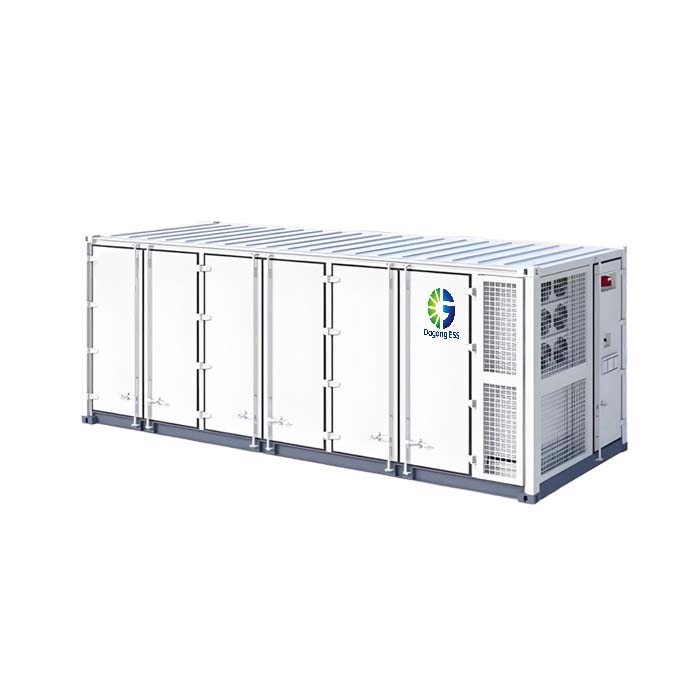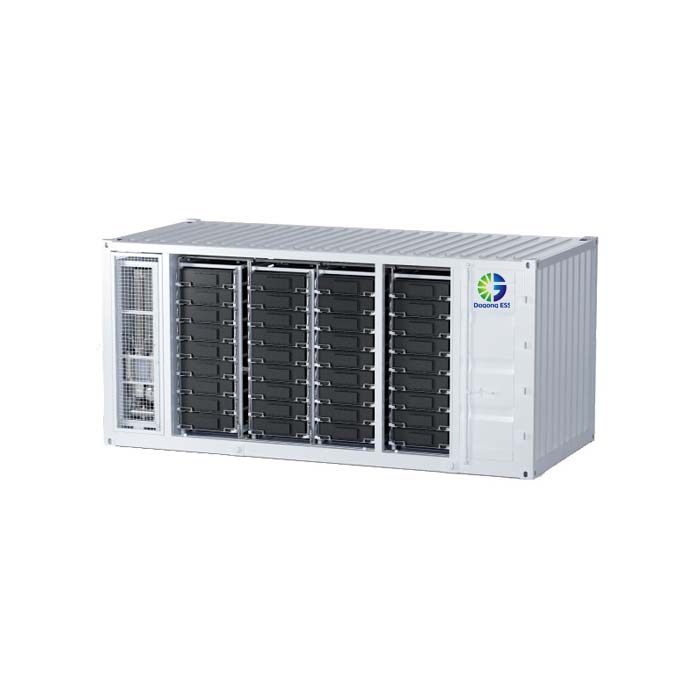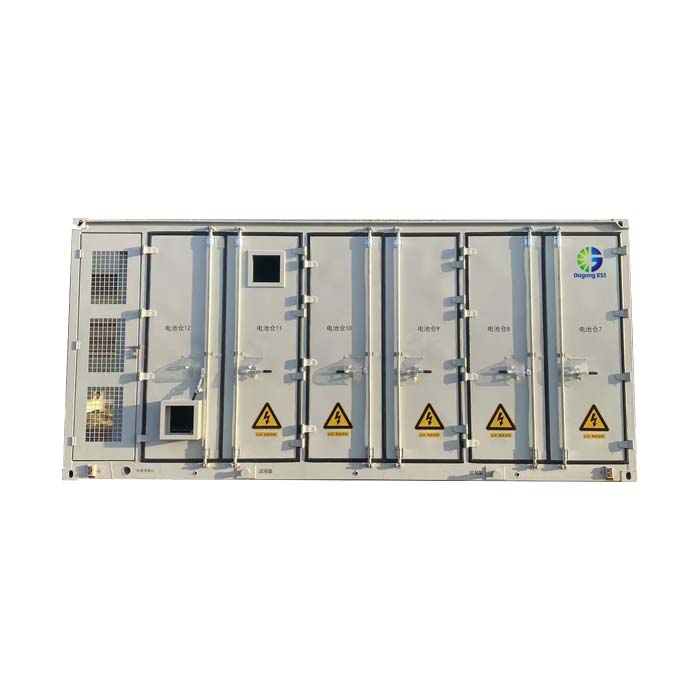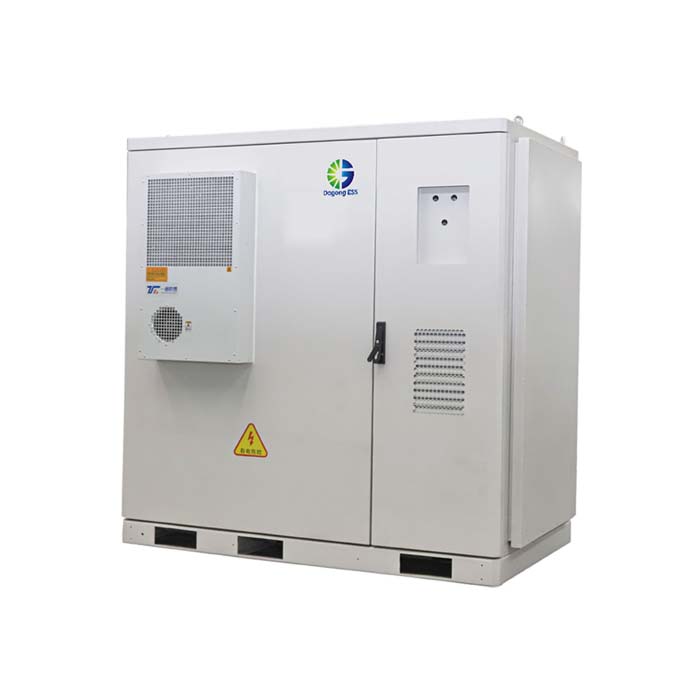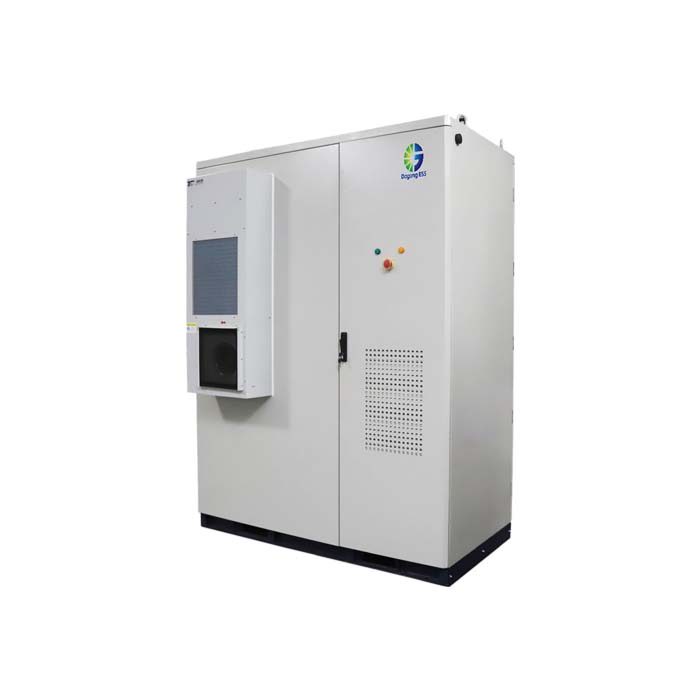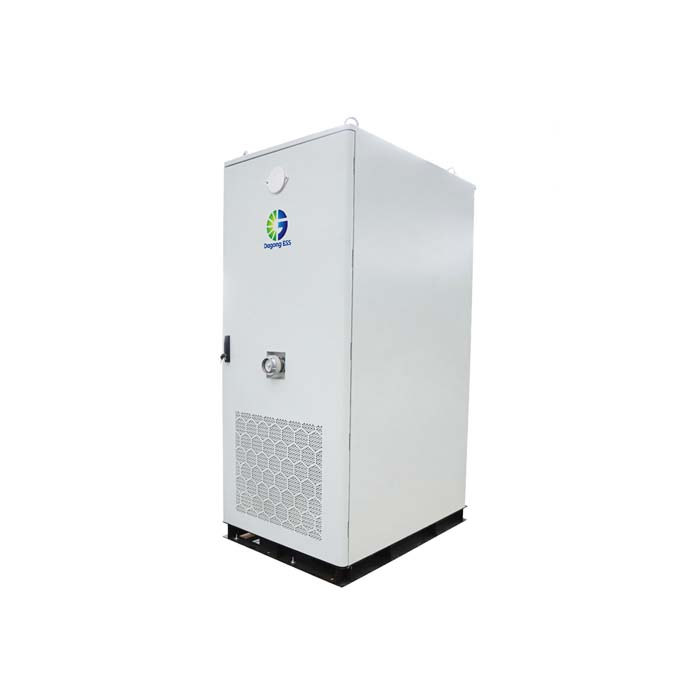Energy Storage: what it is and how it works
What is Energy Storage?
Energy storage refers to the capture of energy for use at a later time. In the context of electrical power, it typically means storing electricity in battery systems or other technologies and then discharging it when needed. Modern Battery Energy Storage Systems (BESS) are designed to store power generated from renewable sources such as solar or wind, and release it during peak demand or grid outages.
Types of Energy Storage
There are several types of energy storage systems, categorized based on the technology and application:
Lithium Iron Phosphate (LiFePO₄ or LFP) Batteries: Known for safety, long cycle life, and thermal stability. Widely used in residential and commercial energy storage.
NMC/NCA Lithium Batteries: Offer higher energy density, often used in mobile or space-constrained environments.
Flow Batteries: Suitable for long-duration storage, though less compact.
Lead-Acid Batteries: Low-cost and mature, but limited in lifecycle and depth of discharge.
Mechanical Storage: Such as pumped hydro or compressed air, mainly used in utility-scale systems.
Features of Energy Storage
Modern energy storage systems offer a range of features:
High Efficiency: Fast charging and discharging with minimal energy loss.
Scalability: From small home systems to large-scale grid applications.
Smart Management: Integrated EMS (Energy Management System) for real-time monitoring and optimization.
Safety and Reliability: Fire suppression systems, temperature control, and fault detection.
Modular Design: Easy installation, operation, and maintenance.
Applications of Energy Storage
Energy storage systems are widely applied across various sectors:
Residential: Home energy storage combined with solar PV for self-consumption and backup.
Commercial & Industrial (C&I): Peak shaving, load shifting, and energy cost optimization.
Utility-scale: Grid stabilization, frequency regulation, and renewable energy smoothing.
Telecom & Data Centers: Uninterrupted power supply and emergency backup.
EV Charging Stations: Enhancing grid flexibility and reducing demand charges.
Price of Energy Storage
The cost of an energy storage system varies depending on:
System size (kWh and kW rating)
Battery chemistry and quality
Control systems and integration level
Installation location and logistics
Cooling type (air-cooled or liquid-cooled)
Pricing is typically quoted based on international trade terms such as EXW, FOB, or CIF. For accurate pricing tailored to your needs, it is recommended to contact the supplier directly with project details.
How to Select Energy Storage for Your Project?
When selecting an energy storage solution, consider:
Application Scenario: Backup, peak shaving, time-of-use optimization, or grid support.
Power and Energy Requirements: Ensure the capacity and discharge rate match your load profile.
Battery Chemistry: Choose between LFP, NMC, or others based on safety, cost, and lifecycle.
Cooling System: Air-cooled systems are simpler; liquid-cooled systems offer better thermal performance for high-power applications.
Regulatory Standards: Ensure compliance with local grid and safety regulations.
How Long Does Energy Storage Last?
The lifespan of an energy storage system depends on the battery type and usage conditions:
LFP Batteries: Typically 6,000–10,000 cycles or 10–15 years
NMC Batteries: About 3,000–6,000 cycles or 8–12 years
Proper system management and temperature control can significantly extend service life.
The Supplier of Energy Storage
Dagong ESS is a professional energy storage system manufacturer, offering a wide range of solutions from residential battery cabinets (5–80kWh) to commercial and industrial storage cabinets (100–215kWh). Their products include both air-cooled and liquid-cooled ESS, equipped with smart EMS, high-performance LFP batteries, and compliant with global electrical standards.
Dagong ESS provides customized solutions to meet diverse energy needs. For more information or a tailored quotation, contact:sales@dagongess.com


